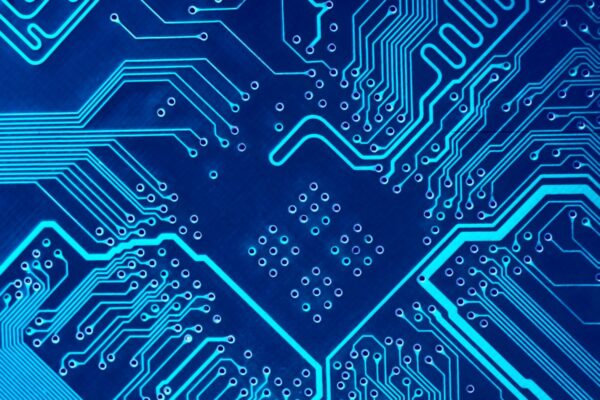What is Lamination
Lamination is the process of layering epoxy pre-impregnated fiberglass sheets between each copper layer of a PCB and then laminating them together under high temperature and pressure. This process is typically carried out using a hydraulic press. The purpose of lamination is to create a multilayer PCB structure.
During the lamination process, the sequential layering involves inserting a dielectric material (prepreg) between a layer of copper and an already laminated sub-composite. This technique allows for creating blind and buried vias in the PCB. Blind vias are formed by fabricating a layer with blind vias, similar to a two-sided PCB, and then sequentially laminating this layer with an inner layer. As a result, the PCB contains buried vias, which are not visible from the outer layers.
In the design of HDI (High-Density Interconnect) boards, multiple lamination cycles may be required to achieve the desired structure. The lamination process is repeated to accommodate different combinations of layers and via structure types.





